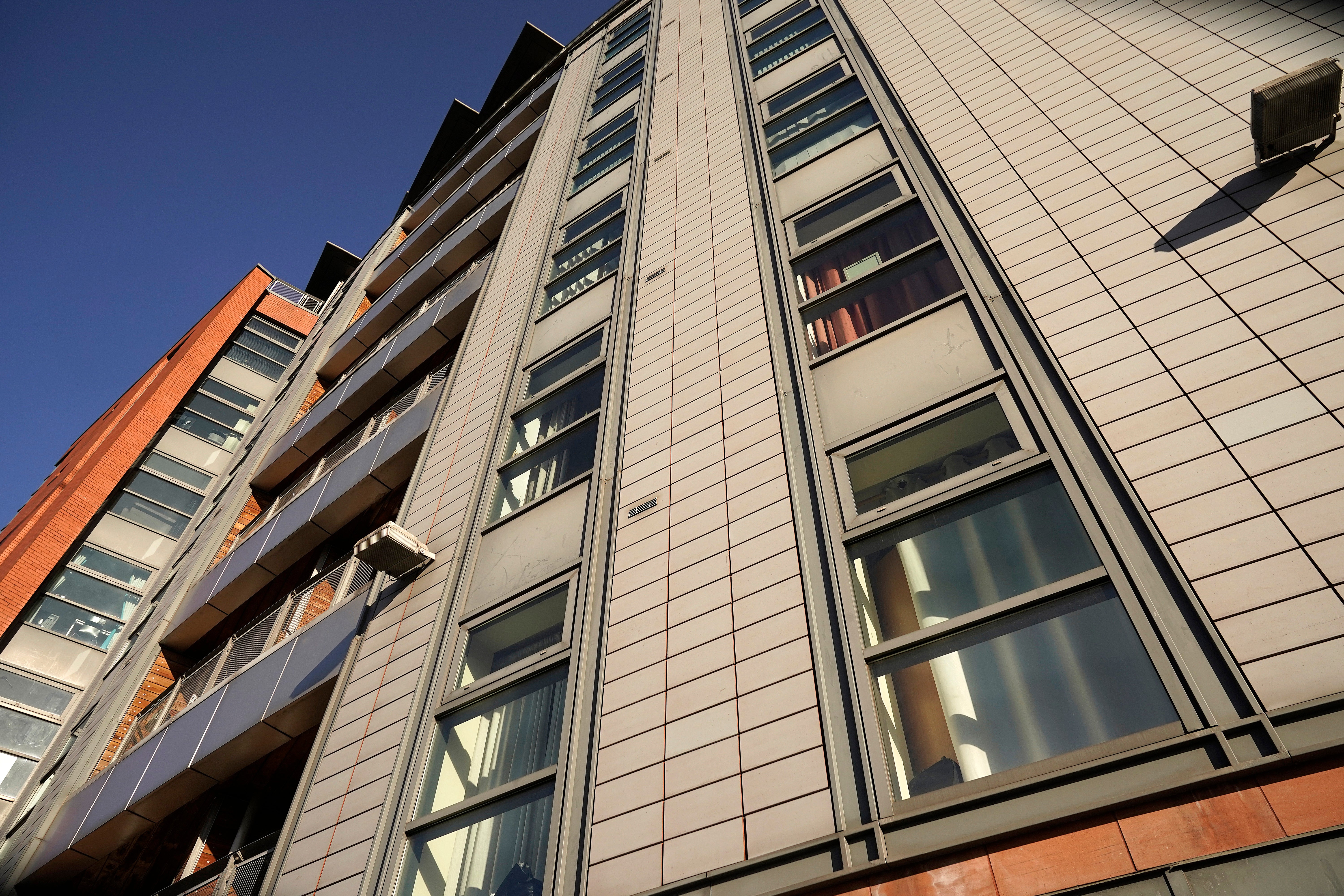
More than 50 high-rise buildings in England still have the same type of cladding used on Grenfell Tower, nearly five years after the fire that killed 72 people.
The latest government figures show that 111 buildings over 18 metres tall with aluminium composite material (ACM) cladding are yet to complete remediation work.
Of those, 58 are yet to have their cladding removed – work has yet to begin on 31 of these – despite an initial government target of June 2020 for the completion of remediation.
The ACM cladding was blamed by the Grenfell Inquiry for the rapid spread of the tower block fire in June 2017.
The government introduced a ban on combustible cladding materials on residential buildings and schools over 18 metres tall in December of the following year.
Authorities identified 486 such buildings with ACM panels, of which 318 have now fully completed work, with another 57 having finished but awaiting sign-off.

A separate set of government statistics released on Thursday showed that the Building Safety Fund which covers the remediation of buildings with other types of dangerous cladding, had received 2,824 private sector registrations, of which 868 (31 per cent) were applying for funding.
The latest figures follow a warning on Wednesday from the head of London Fire Brigade that more than 1,000 buildings in the capital have serious fire safety failings.
Commissioner Andy Roe said: “We still need to see a culture change in the industry when it comes to fire safety in residential buildings.”
In another development, Home Secretary Priti Patel rejected a recommendation from the Grenfell Inquiry to introduce legal requirements on building owners to have evacuation plans – particularly for disabled residents.
The advice for Grenfell residents to “stay put” was responsible for several of the 72 deaths, the inquiry said in a 2019 report.
Grenfell United, which represents people affected by the 2017 tragedy, said Ms Patel’s decision was “a disgrace” that put disabled people at risk.
In place of evacuation plans, a new consultation will be staged on sharing the location of disabled residents with fire services – but only in buildings known to have serious fire safety risks.
The government this year targeted developers of buildings with dangerous cladding, asking them to commit to carry the costs of removal rather than leaving the burden with leaseholders.
Many leaseholders have been stuck for years in unsafe properties that they cannot afford to fix and cannot find anyone to buy.
Persimmon, Crest Nicholson, Taylor Wimpey, Redrow, MJ Gleeson, Barratt Developments, Bellway, Countryside and Vistry are among those that have agreed to carry the cost of cladding removal.







